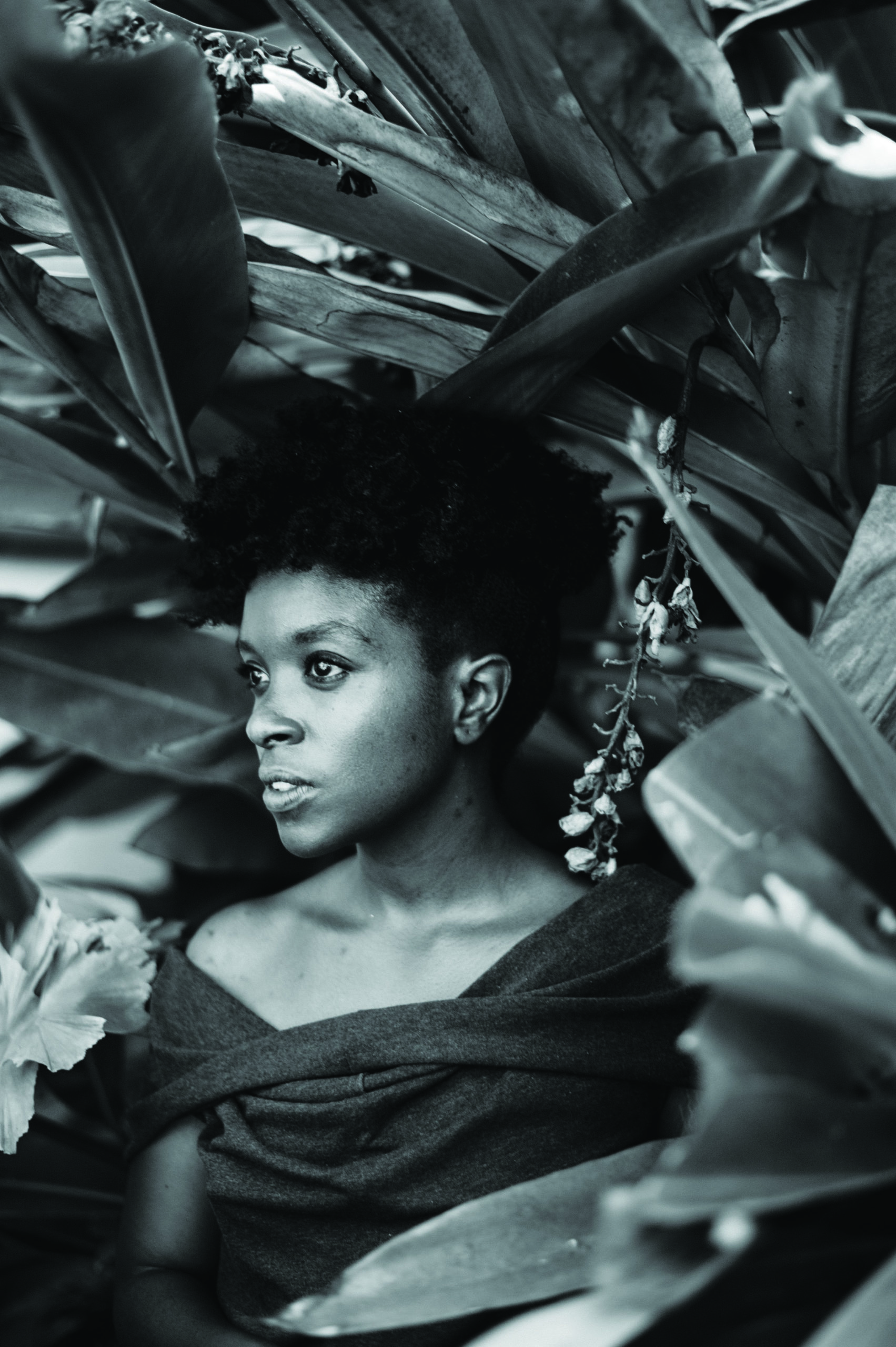Katungulu Mwendwa has deconstructed fashion and has a positive, defiant and edgy take on the environmental crises compounded by the global clothing industry.
A sleek saffron kaftan over Pollock-spattered silk trousers; the obsidian fins of a night-black evening dress; a sashed, punky, persimmon hoody from the future streets of Nairobi. These are the irresistible stories in Kenyan designer Katungulu Mwendwa’s startling KATUSH fashion brand label.
The child of a psychologist and an architect, Mwendwa grew up in a nurturing creative environment that introduced her to an eclectic skillset of creative tools.

“My dad used to take us to work with him,” she says. “We would actually draft a lot, as an experiment. In fashion, you have to create the pattern, the master bloc, and it requires a level of geometry to develop. With the human form, you have to remove suppression at different angles, to create volumes and shapes. So working with my dad definitely made me more confident in that. He did want me to be an architect. So now I’m like, ‘look! I’m an architect for clothing!’”
Emboldened by her triumph in the reality TV contest Catwalk Kenya in 2007, Mwendwa pursued her bachelor’s degree at the University for the Creative Arts in Rochester, United Kingdom.
“By the time I graduated, I had a better understanding of who and what the key players and roles were,” she says. “I was determined to come back to Kenya to create a business that I could then offer not just to the local consumer, but to a global market.”
Her second major break came with an invitation to present at Gen Art’s ‘Fresh Faces in Fashion’ show at New York Fashion Week in 2012. She arrived “by myself with two suitcases, running around New York lost and confused,” after two sleepless months of frantic sewing.

“It was exciting, but extremely nerve-wracking,” she says. “I remember some people saying, ‘but your stuff doesn’t really look African…’ They were waiting for something with more color, with more prints, and I had this post-apocalyptic, nomadic thing going on! And I struggled with that at the beginning – the whole concept of being told I’m not African enough – and I used to wonder what that meant. These days, I’m like, no, that’s not my battle. And now I’m designing what I like to make.”
She cites the essential impact of opportunities such as the HEVA investment fund, which supports entrepreneurship in the East African creative sector.
“I was very grateful to them,” she says, “for at least being patient and interested in those of us who would not necessarily get financial support, because we are considered such a high-risk business.” She now involves local artisanal groups, such as brass and aluminium casters, in her creative projects, and is sensitive to the challenges facing cottage industries whose traditional skills often lie outside the purview of a ruthless, churning, unpredictable industry.
“I’m curious about the evolution of culture, and practices and aesthetics relevant to our day-to-day lives,” she says (see her ‘Dinka Translation’ collection, which transfuses an ancient South Sudanese iconography into the clipped geometric lines of the boardroom or the cocktail party). “Retaining specific cultural practices, as opposed to copying and pasting, is critical in understanding how to manoeuvre through some of the challenges we face.”
She says that much more can and should be done to bring these local industries into the fold. “These artisans don’t have access to markets, and because they can be so detached from their direct consumer here in Nairobi, it becomes easier for someone to exploit them,” she says.

“I’ve always felt it’s the role of designers in the region to work closely with them, and then by extension, the market will create further demand.”
The edgy Afro-futurism of her work feels like a positive, defiant repost to the environmental crises compounded by the global clothing industry, a bloated leviathan which dumps almost two hundred tonnes of mitumba (second hand clothing) into East African markets every year. The Kenyan mitumba sector is a complex, controversial beast in its own right, creating millions of jobs while simultaneously suffocating regional productivity.
“Brands like myself cannot compete with clothing that is here for free,” Mwendwa says.
“There are a few designers creating upcycled clothing, which to me is extremely admirable. But I don’t know how good it is for us as a people, because it limits our ability to compete on an equal level. It has killed our textile sector, our own industry, and therefore we aren’t even able to source locally.”
She is optimistic, but cautious, about the future; light on her feet about the direction she may pursue.
“I’m going to tell more stories. I want to better understand how to communicate with a consumer that feels the way I feel,” she says. “I know it’s probably a niche consumer, but I also know they exist, in different pockets of the globe. I think we’re all everyday superheroes: that person that brings you a cup of coffee in the morning, might just say hi, might just be a stranger who stopped and waited for you to cross the road. That’s what informs my collection. And I want to share that with people.”
By Alastair Hagger
